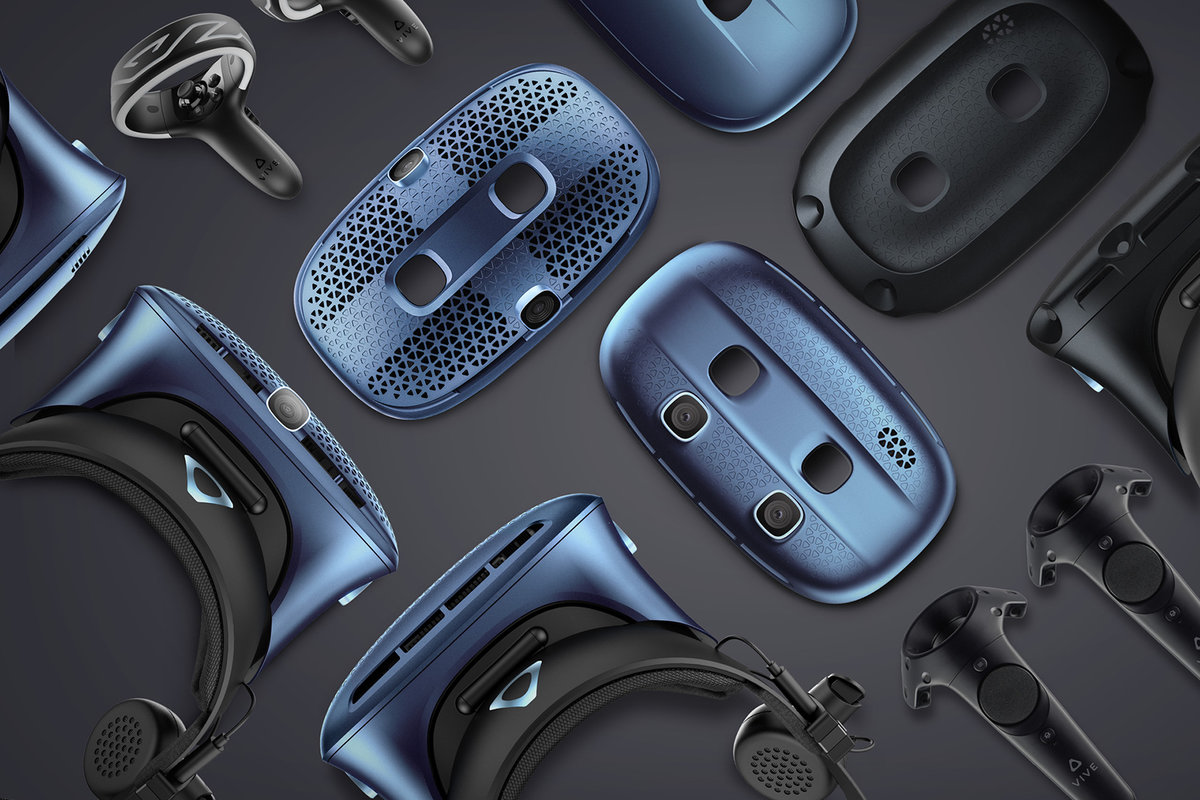The Vive Cosmos had a bumpy release to say the least. Right out of the box, there was tracking errors that were plaguing all VR users. The headset had a middle-of-the-road pricepoint, something that most people couldn’t justify. Vive though, to their credit, dedicated the following months to improving the software inside of the headset.
“Our customers want an incredible VR experience and we are proud to announce a new family of products tailor-made for VR use-cases of all types,” said Yves Maître, CEO, HTC. “Vive Cosmos is truly the most versatile headset yet. From consumers just discovering VR for the first time to the demanding business user, Vive Cosmos offers stellar quality, comfort, and the ability to evolve VR and XR journeys over time – from changing faceplates to adding options like wireless.”
It made the experience much better and smooth for all Cosmos owners. It didn’t perfect the headset, but it made it worth not selling in the following weeks.
Today, Vive doubled down on the Cosmos experience, announcing three new Cosmos headsets that will be going on sale in the near future. The new lineup is going to bring life to the Vive series of consumer headsets, something the company has needed since the original launch of the Vive Cosmos. The new headsets are the Cosmos Play, Cosmos Elite, and the Cosmos XR.
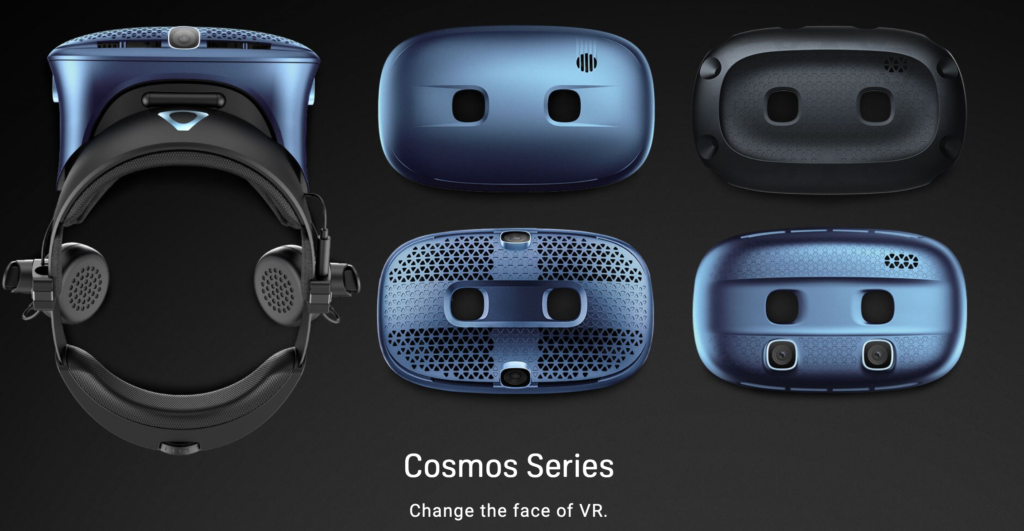
With the cancelation of the Mobile World Congress next week, companies are slowly coming out and announcing what they were planning to show off at the gatherings. This is just one example, and we hope to see more announcements in the following few days and weeks. Vive wasn’t the only company that had announcements up their sleeves. You can expect a few big-name VR players to come out with something very soon.
The three new headsets will all be based off the same base of the original Cosmos. This means that the flip-up design Vive has will be deployed across the headsets, the 1,400 x 1,700 LCD screens, the same fresnel lens, and even the hardware IPD adjustment will be on each headset. The difference between each headset though is the ability to interchange the face plates and the functionality that is depleted with each. Every Cosmos headset will still require a PC connection to operate.
Vive Cosmos Play – $500
- Entry-level VR headset
- Inside-out tracking with 4 on-board cameras
- Cosmos controllers
Vive Cosmos – $700 (original Cosmos)
- Mid-level headset
- Inside-out tracking with 6 on-board cameras
- Cosmos controllers
Vive Cosmos Elite – $900
- High-end PC VR gaming
- SteamVR tracking included
- Orignal Vive wand controllers
Vive Cosmos XR – Price Undecided
- Dev kits made for passthrough AR abilities
- Inside-out tracking with 4 on-board cameras for tracking and 2 HQ passthrough cameras
- Cosmos controllers
Vive Cosmos Play
HTC has never been the company to offer a headset for entry-level users, but that has changed with the announcement of the Cosmos Play. Priced only $100 more than the Rift S, this will be a compelling battle to see who takes the bulk of the entry-level PC VR users.
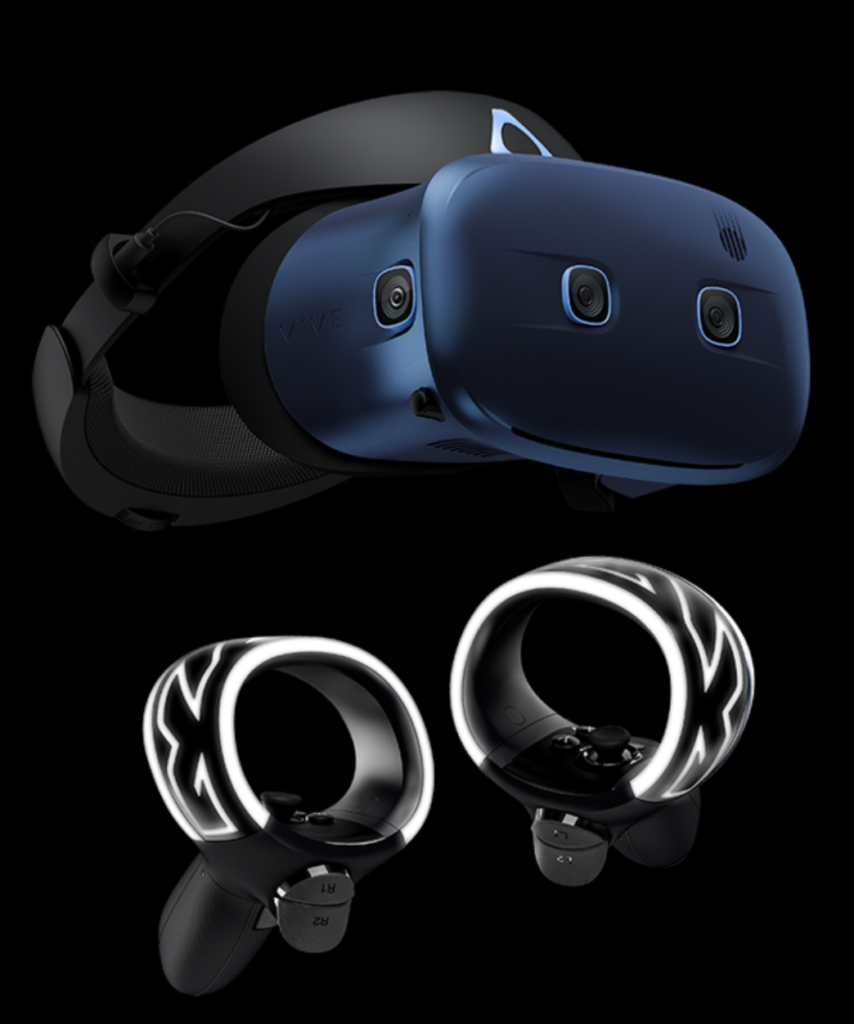
There isn’t a release date attached to this headset, but we are certain it will launch this year. It is made for a casual VR experience, as the four cameras will be getting the job done for tracking, but that is it. This headset won’t be tracking expert+ on Beat Saber, but it’ll do good for most other VR experiences and games.
This headset can be improved upon with the addition of faceplates that will become available through Vive. Essentially, this headset could turn into the Vive Cosmos Elite. More on that later.
Vive Cosmos (Orignal)
This headset, despite the heaps of speculation, isn’t going to see a permanent price cut. If there is any loss, Vive is looking to make up for it with other headsets.
The Cosmos is perfect for a mid-grade VR experience. With 6 on-board cameras, the inside-out tracking is going to nothing short of elite. This is going to be some of the best inside-out tracking you’ll find on the market for a long time to come.
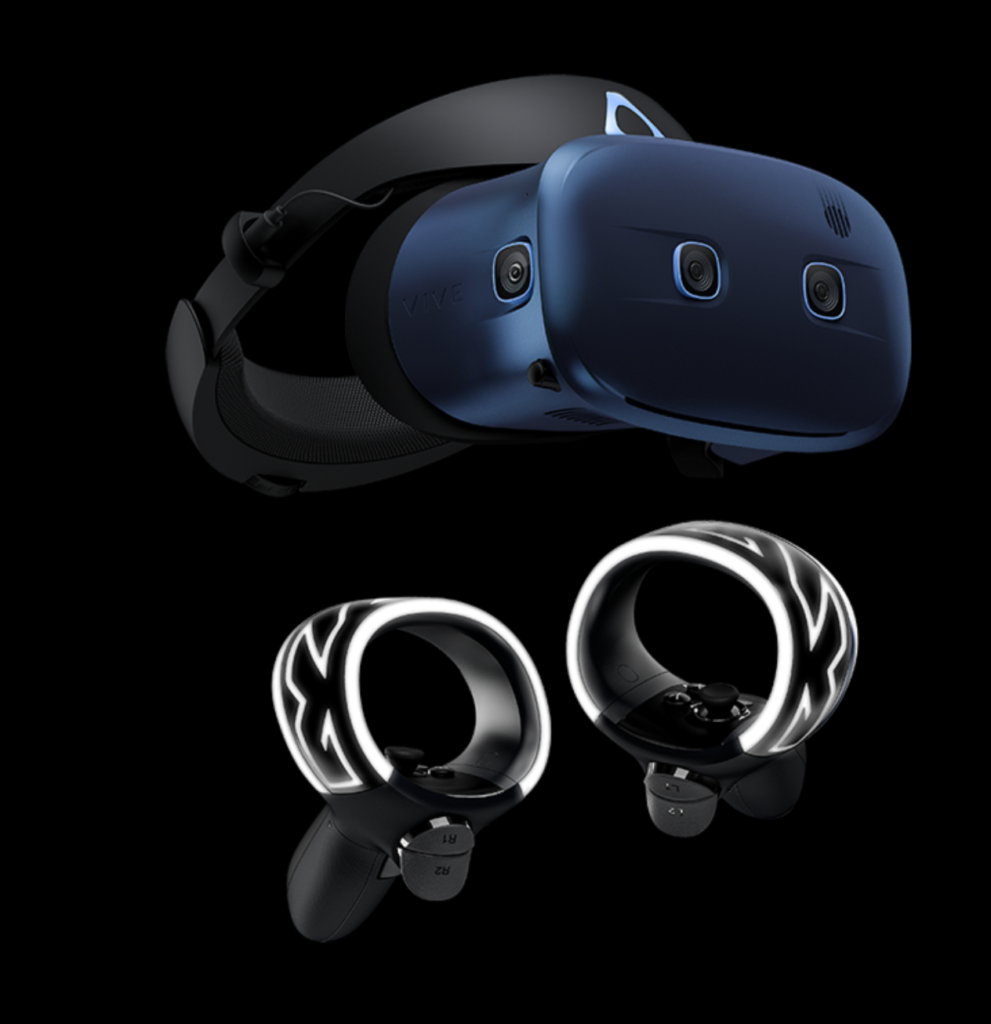
This headset will become available for upgrades in the second quarter of 2020 when the faceplates go on sale. If you are interested in those, you’ll be able to upgrade your Cosmos to a better hardware experience, turning it into a Cosmos Elite.
Vive Cosmos Elite
This headset isn’t entry-level. Its anything but that. The Elite series headset is targeted at the most enthusiastic VR users and consumers. The Cosmos Elite will be rivaling the Valve Index and the Vive Pro for the best consumer headset on the market for the next year.
With outside-in tracking via Base Stations and SteamVR tracking, this headset and system won’t miss one movement. Although it will take a little more setup and patience upon buying the headset, you aren’t going to regret the decision. Inside-out tracking may be the trend right now, but all VR users know that the base stations are the most premier tracking system in the VR realm right now.
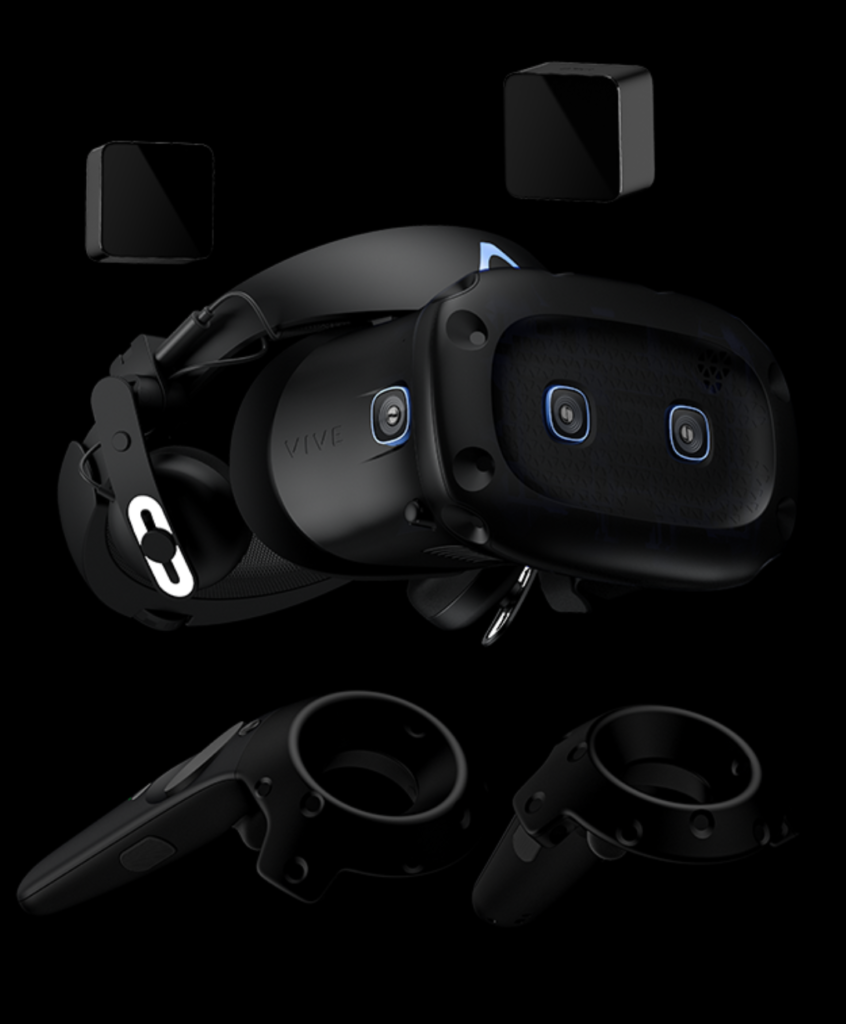
The only problem with this? The Cosmos controllers aren’t included in this pack. Only the Vive wand controllers. This is something that Cosmos users were happy to get away from, but Elite buyers won’t be able to escape for the time being. The company has also stated that this headset can quickly change into inside-out tracking. This is great for traveling and out-of-home VR.
This headset will release in Q1 of 2020 for a price of $900. If you already have the 1.0 or even 2.0 Base Stations and Vive controllers, there is a cheaper solution. Vive is planning on offering the external tracking faceplate in Q2 of this year. That means you could buy the Cosmos Play for $500, buy the faceplate for the expected $200, and you’d have the Cosmos Elite for $700. This is a cheaper alternative if you are looking to upgrade your headset without having to buy the full package again. This is what Vive meant when they said the Cosmos would be truly modular.
Vive Cosmos XR
The Cosmos XR is a VR headset capable of AR passthrough. This is the only headset of Vive that is on the horizon not focused on consumers. The XR is a developer headset that is going to be used to create inside of VR and AR. This is essentially the next line of consumer headsets, but Vive isn’t aiming their power there just yet.
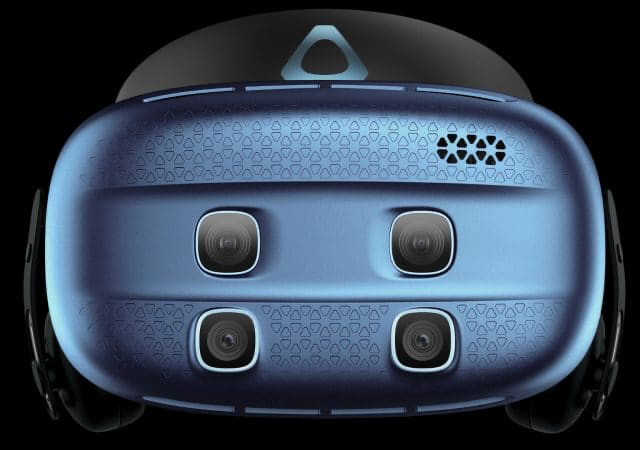
The Cosmos headsets all have passthrough tech, but none of them will feature the high-end cameras with the new faceplate shipping with this headset. HTC says that the new faceplate will enhance the passthrough to a high quality stream of the real world while increasing the field of view. These both are things that the Cosmos line could improve on, and the devs will be getting the first look at it.
The Cosmos XR will also have the ability to go wireless. This wasn’t known upon release, but Vive has made it a point that they are working to make more wireless VR experiences for their uses. This headset will be flexing a near 100° field of view for all purposes as well. Something that has yet to be seen in the mixed reality realm.
This headset will be launching Q2 of 2020 as a developer kit. The price isn’t announced just yet, but the company is looking to announce more next month.
Final Thoughts
We haven’t gotten our hands on any of these recently announced headsets just yet, but they all seem promising. The modular abilities of each of these headsets is what is most impressive. The common consumer can turn their entry-level VR headset into the elite version within minutes of the faceplate being delivered.
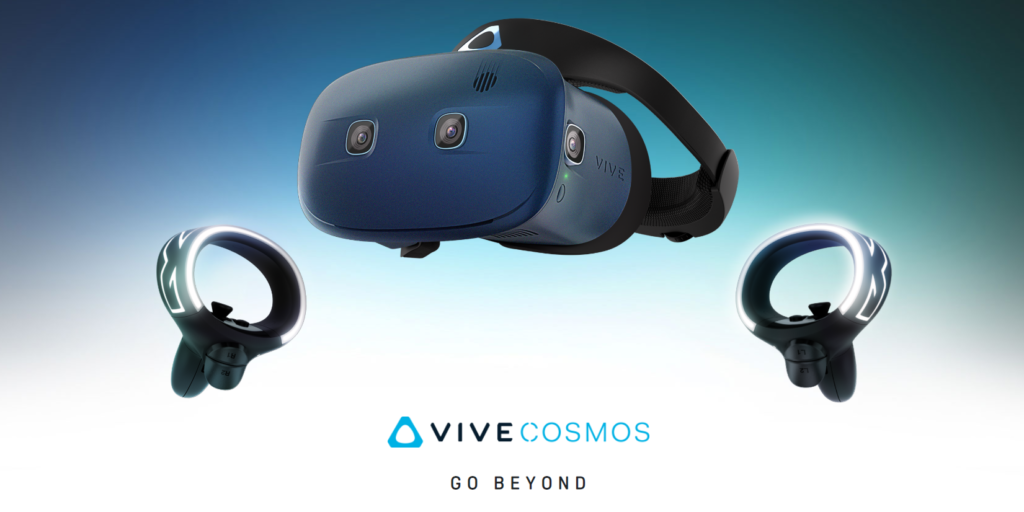
This isn’t going to solve all of the Cosmos problems, but this is a fantastic start. We hope to see more updates of the capabilities going forward, and we likely will. Vive clearly has a vision ahead. For more VR news and gaming community updates, make sure to check back at VRGear.com.






















